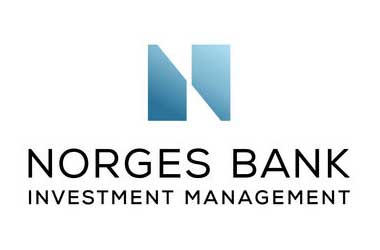 Following the release of positive economic data, the euro dollar rose against the greenback to trade at 1.1259 at the time of writing this article. Notably, the lower-than-anticipated ADP non-farm employment data and sharp decline in the US crude inventories also aided the euro to rally against the greenback.
Following the release of positive economic data, the euro dollar rose against the greenback to trade at 1.1259 at the time of writing this article. Notably, the lower-than-anticipated ADP non-farm employment data and sharp decline in the US crude inventories also aided the euro to rally against the greenback.
According to IHS Markit, Italian manufacturing PMI edged upwards to 47.50 in June, from 45.4 in the earlier month, but missed economists’ forecasts of 47.9. A reading below 50 indicates contraction and vice-versa.
The reported figure suggests that the manufacturing sector remained in a downtrend in June, even though the decline eased further as prohibitions associated with the worldwide pandemic were relaxed.
For the first time in almost two years, factory production increased. Demand scenario was weak, with fresh orders declining again although at the slowest rate in four months.
In case of France, the final manufacturing PMI, according to IHS Markit, rose sharply to 52.30 in June, from 40.6 in May. The initial reading stood at 52.10. Economists had anticipated no change in the initial reading.
The reported figure signaled an improvement in operating environment since January, after three consecutive months of sharp decrease due to Covid-19 pandemic. The increase in production contributed to the growth of the manufacturing sector. The reported reading also reflects the quickest rate of growth since February 2018.
In a separate news release, the IHS Markit has stated that the German manufacturing PMI (final) surged to a three month high of 45.20 in June, from 36.50 in May and slightly above the initial estimate of 44.60. Economists had anticipated the reading to remain unchanged at 44.60. The reading reflects a decline in demand, albeit at a slower rate.
In Germany, the Federal Employment Agency stated that the number of people who remained without work increased by 69,000 in June, compared with 237,000 in the earlier month and far better than the Consensus estimates of 120,000.
The figures wiped off concerns that the Covid-19 pandemic would cause big erosion in the labor market. Correspondingly, the unemployment rate inched a notch higher to 6.4%, compared with 6.3% in the prior month, but lower than the 6.6% anticipated by economists. The reading implies that 2.943 million are without work in June.
Commenting on the unemployment change data, Labour Office head Detlef Scheele said “The labour market remains under pressure from the coronavirus pandemic.”
The IHS Markit Eurozone manufacturing PMI also inched upwards to 47.4 in June, from 39.4 in the earlier month and slightly above the initial estimate of 46.9. Economists had anticipated the reading to remain unchanged at 46.90. Notably, the reading has been below 50 for the 17th consecutive month, reflecting challenges faced by the sector.
In the US, according to the ADP Non-Farm Employment Change data, private businesses hired 2,369,000 workers in June, following a gain of 3,065,000 in May, but below the Consensus estimate of 3 million.




